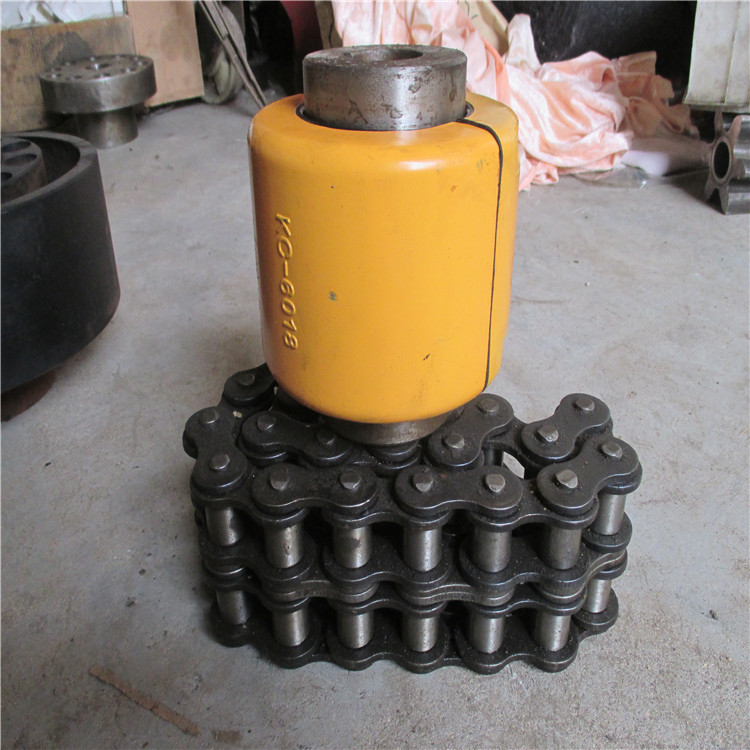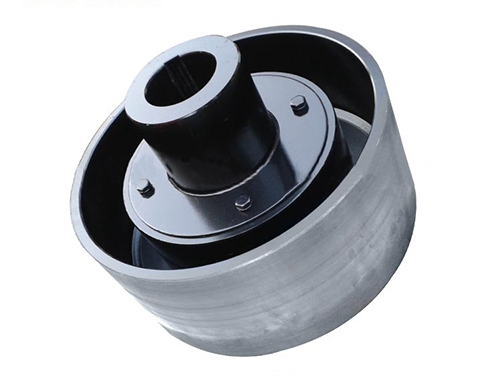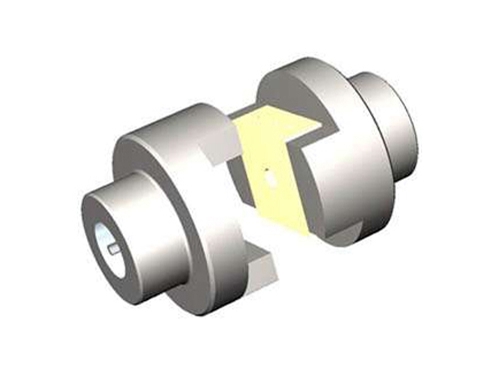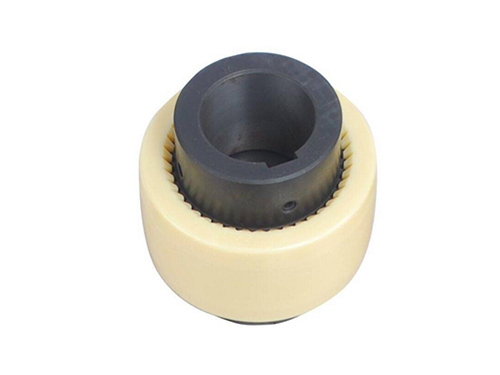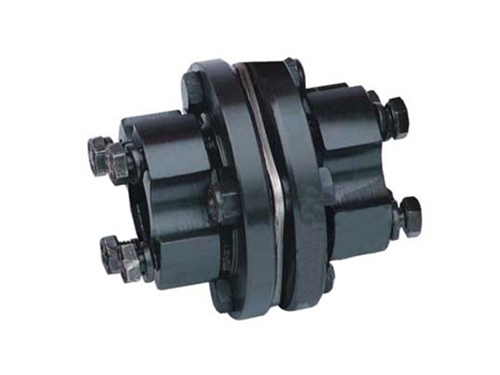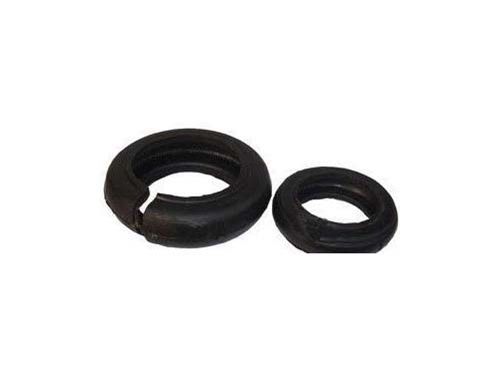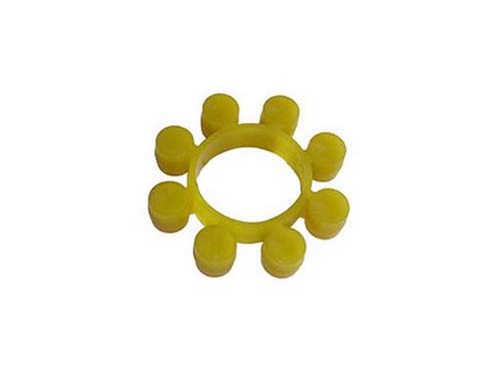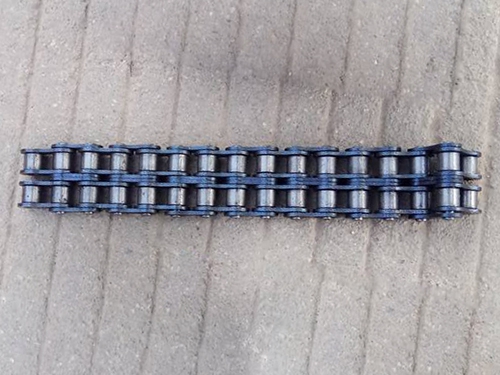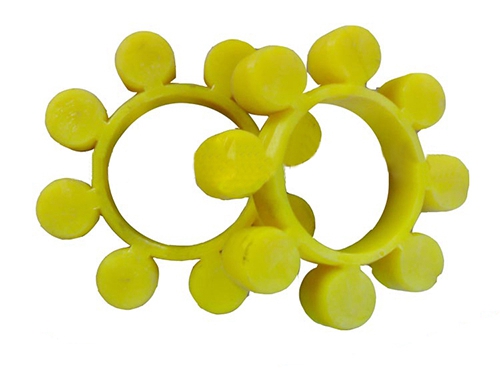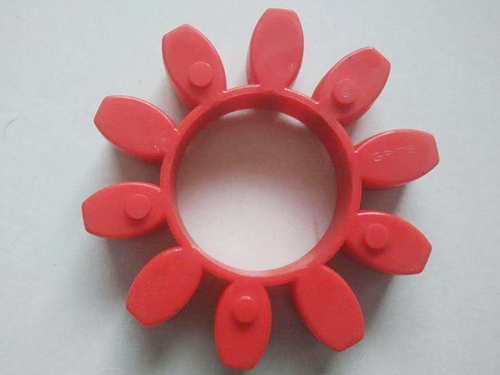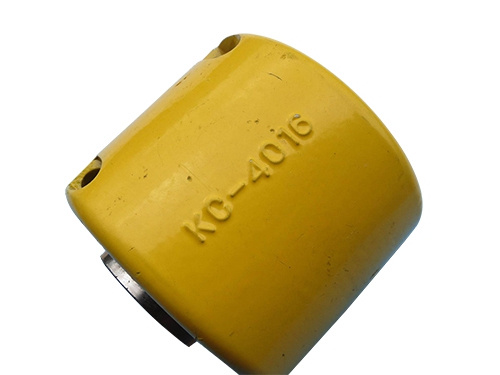Production technical requirements and correct installation and disassembly steps of plum coupling
 Published: 2018-07-01
Published: 2018-07-01Plum couplingThe scope of application; plum blossom couplings are widely used in CNC machine tools, CNC lathes, processing, engraving machines, CNC milling machines, computer gongs, metallurgical machinery, mining machinery, petroleum machinery, chemical machinery, lifting machinery, transportation machinery, light industrial machinery , Textile machinery, water pumps, fans, etc.Plum couplings are widely used in CNC machine tools, CNC lathes, processing, engraving machines, CNC milling machines, computer gongs, metallurgical machinery, mining machinery, petroleum machinery, chemical machinery, lifting machinery, transportation machinery, light industry machinery, textile machinery, Water pumps, fans, etc.
The traditional straight-jaw plum blossom coupling is not suitable for use in high-precision servo transmission applications.The zero-backlash claw type plum blossom coupling is evolved on the basis of the straight claw type, but the difference is that its design can be suitable for the application of the servo system, and it is often used to connect servo motors, stepping motors and ball screws.The curved surface is to reduce the deformation of the elastic plum spacer and limit the centripetal force's influence on it during high-speed operation.The zero-backlash claw coupling is composed of two metal sleeves (usually made of aluminum alloy, stainless steel can also be provided) and a plum blossom elastic spacer.
Due to the nature of the manufacturing process, the surface of the plum blossom coupling casting is easy to rust, and it is difficult to handle after rust. If it is not paid attention to, not only the anti-corrosion ability of the workpiece is poor, but the decoration is not good. While putting forward higher requirements for corrosion resistance, according to the different working conditions of the castings, it is required that the castings (cast iron, cast steel) be subjected to room temperature blackening, phosphating treatment and other anti-rust treatments.The difference between plum blossom coupling cast iron parts and other steel parts is that the structure is loose and the carbon content is high. If improperly handled, it will directly affect the bonding strength of the blackened film and the substrate. Therefore, the pretreatment is particularly important.
Production technical requirements for plum coupling:
1. The amount of operating compensation refers to the two-axis phase offset formed by comprehensive factors such as manufacturing errors, installation errors, and changes in working load caused by vibration, shock, and temperature changes in the working state.
2. The surface of half coupling, flange coupling, flange half coupling, brake wheel, brake wheel half coupling is not allowed to have cracks, shrinkage holes, air bubbles, slag inclusion and other defects that affect strength. The surface of the brake wheel should be quenched, the hardness is 45~55HRC, and the hardened layer is greater than 3mm.
3. The shape of the elastic part should be smooth and flat, and the working surface should not have pitting, and there should be no defects such as impurities, bubbles, cracks, etc. inside.
4. The shaft hole tolerance of the semi-coupling is in accordance with the provisions of GB/T3852-1997, and the surface roughness Ra value of the shaft hole is not less than 1.6um.
5. Before the coupling leaves the factory, carry out trial assembly. The relative trial assembly position between the half coupling and the elastic part shall be no less than two positions, which should be convenient for assembly and disassembly.
6. The coupling used under high-speed working conditions should undergo a balance test with the main shaft system.
7. The coupling should be cleaned before packaging, and the coupling surface should be coated with anti-rust agent, and the non-coupling surface should be coated with paint or other anti-rust treatment.
The deviation problem of the plum blossom coupling is analyzed as follows:
1. The plum blossom coupling can transmit torque and rotation angle, and absorb shaft deviation. When the installation deviation exceeds the allowable value, it may cause vibration or shorten the life of the coupling. Therefore, the deviation should be adjusted appropriately.
2. Deviations do not only occur in equipment assembly. Vibration, thermal expansion, bearing wear, etc. during the working process can cause deviations.Therefore, it is recommended to adjust the axial deviation to less than 1/3 of the value.
3. There are three kinds of shaft deviation, namely radial deviation, angular deviation and axial deviation.Please adjust the deviation so that it is lower than the allowable value listed in the specification table of each product.
4. The deviation tolerance listed in each product refers to the case where only one deviation exists. When two or more deviations exist at the same time, the allowable value should be less than 1/2 of the deviation in each specification table.
Correct installation and removal of plum coupling:
1) Wipe clean the dust and dirt on the surface of the installation shaft, and apply a thin layer of engine oil or lubricant.
2) Clean the inner hole of the plum blossom coupling and wipe it with oil or lubricant.
3) Insert the plum blossom coupling into the installation shaft; if the hole diameter is too tight, be careful not to hit the installation with a hammer or hard metal.
4) After the positioning is completed, first use a torque wrench (the specified tightening torque 1/4) to gently tighten the screws in the diagonal direction.
5) Increase the strength (1/2 of the specified tightening torque) and repeat the fourth step.
6) Tighten the tightening torque according to the specified tightening torque.
7) Tighten the fixing screws in turn in the circumferential direction.
8) When disassembling, please proceed with the device stopped; loosen the locking screws one by one.
Popular products
Product

Copyright © 2017-2018 Hengli Transmission All Right Reserved.


